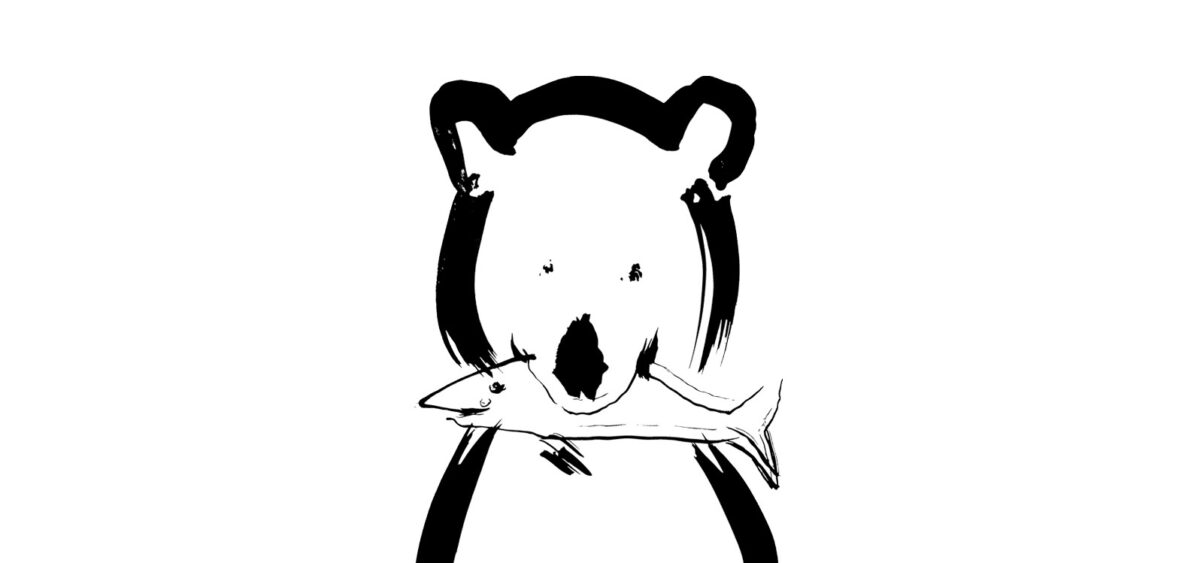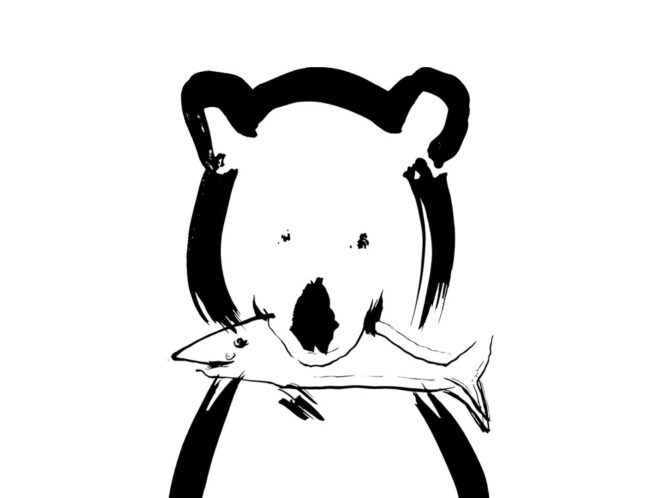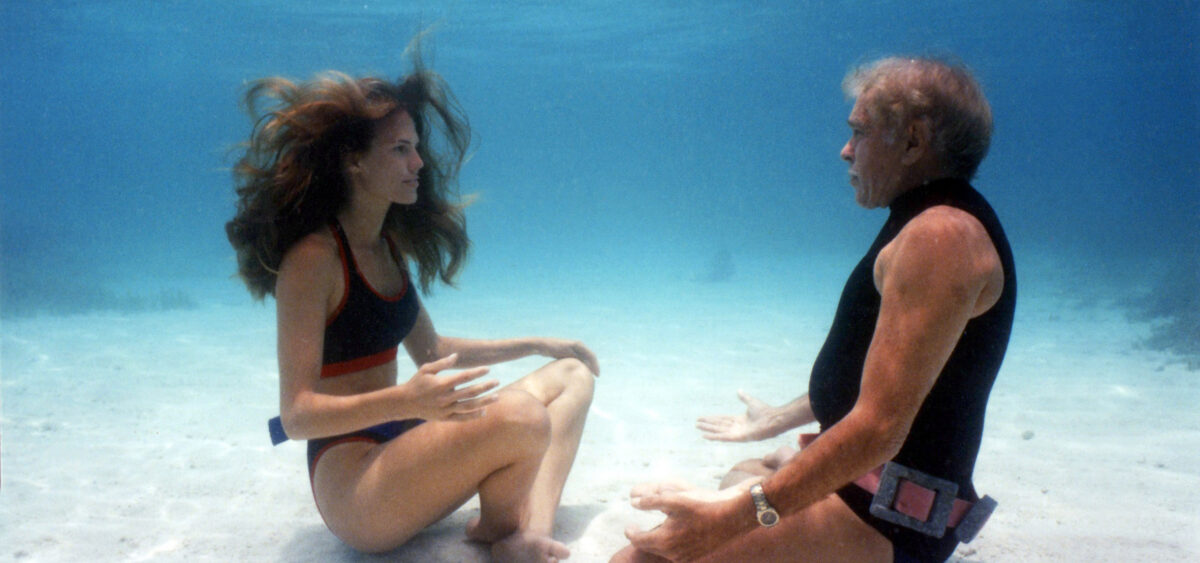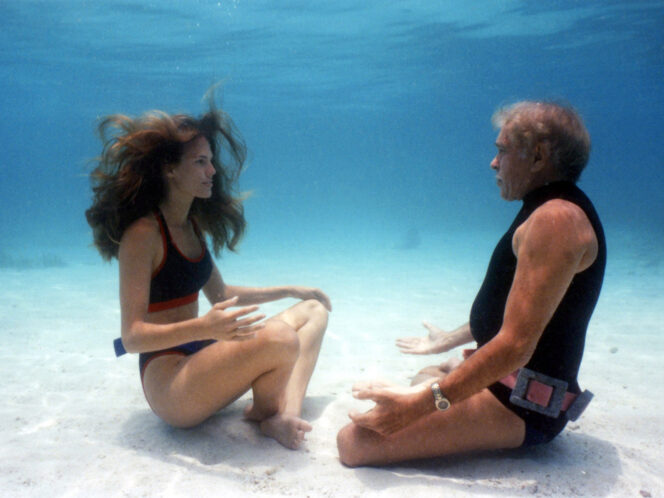
Some treat extreme cold as an opportunity to test their mental strength, while others derive their mental strength from contact with extreme cold.
It’s hard to confirm that Alexandra David-Néel really was the first European woman to reach Tibet. But she was definitely the first significant promoter of Tibetan spirituality and the mysterious culture of the roof of the world. Quite clever (let’s recall that she arrived in Lhasa disguised as a beggar—a man) and truly fascinated with Buddhism, more than one hundred years ago David-Néel visited Tibet’s capital and the monasteries, where she met lamas and yogis who were intriguing, to say the least. It is thanks to this incredible traveller that the West learned for the first time of the unique qualities of this country, surrounded by mountains. One such quality, which readers could find out about from the book Magic and Mystery in Tibet, published in 1929 in France, is tummo.
Tummo means ‘heat’ in Tibetan, but it’s understood in various ways: from banal to varying degrees of exotic. We’re interested here in tummo as a set of practices allowing a ‘supernatural’ increase in the body’s temperature (or maintaining it) by awakening ‘internal energy’. An adept can control their energy primarily by breathing exercises, which strongly stress holding one’s breath, and visualization based on something that can be called mystical physiology.








